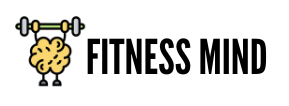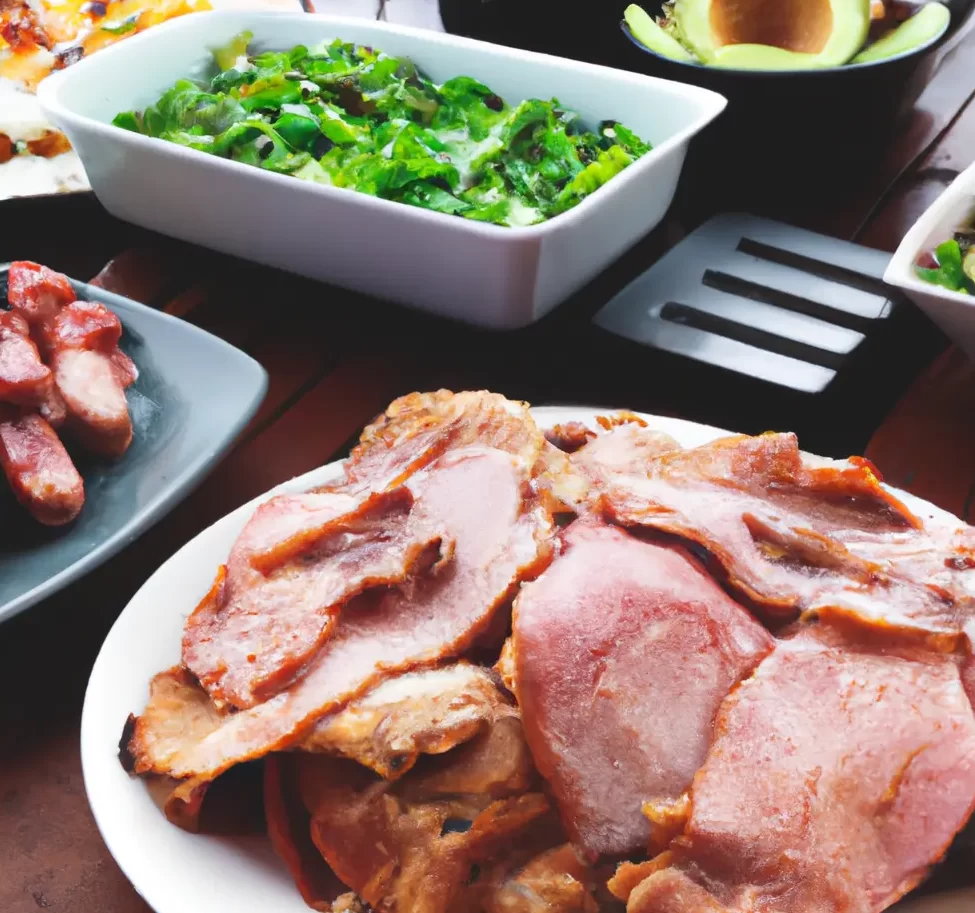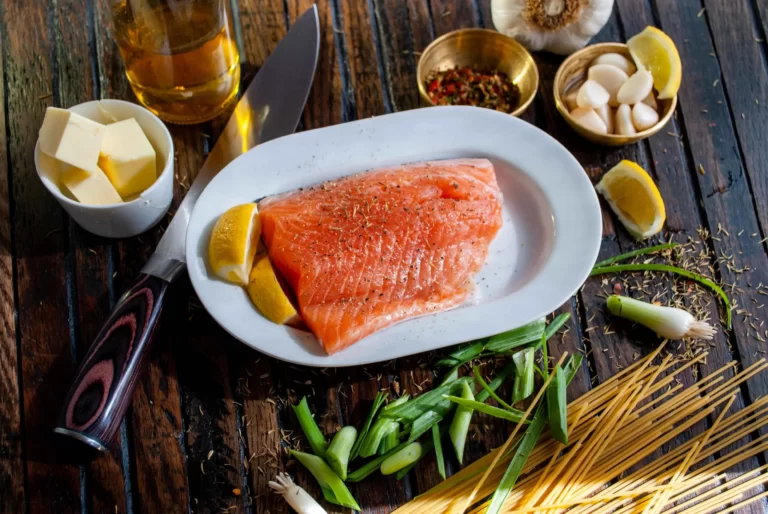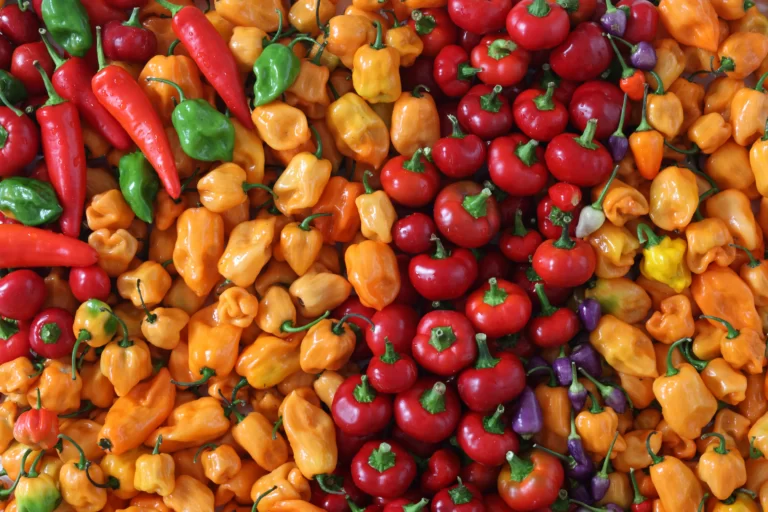Paleo vs Keto Diet: The Difference & Which Diet is Best for You?10 min read
Do you struggle to choose the best diet for your health goals? It can be difficult to select one that fits your lifestyle & interests with so many options available. In this post we are going to explore the paleo vs keto diet, their similarities & differences. We’ll assist you in selecting the one that would be most suitable for you based on your own specific needs and objectives.
The Paleo and Keto diets are two most popular diets. Both of these diets help individuals lose weight. They help improve the overall health & increase energy levels. While both emphasize whole foods and limit processed items, they differ in their approach to macronutrient intake.
Say goodbye to confusion and take action towards a healthier you with this comprehensive guide.
What is the Paleo Diet?
The Paleo diet is based on the concept of eating foods from paleolithic era, which our ancestors used to have. This diet is high in fibre and protein. They are also abundant in vitamins, minerals, and good fats. This diet includes:
- Lean meats
- Fish
- Fruits
- Vegetables
- Nuts
- Seeds.
The diet is often called as the hunter-gatherer diet & the caveman diet. Because, it emphasizes whole, unprocessed foods that our ancestors would hunt or gather.
This eliminates processed foods, dairy products, grains, and legumes. They are believed to have been introduced to our diets relatively recently in human history. This diet will reduce the chances of occurring chronic diseases like obesity, diabetes, and heart disease can be decreased.
What is the Keto Diet?
Keto diet has been gaining a lot of popularity lately because of its supposed health advantages and weight loss outcomes. This diet is low in carbohydrates & rich in good fat.
It means you have to cut out most carbs and replace them with healthy fats & protein. This puts your body into this thing called ketosis, where it burns fat for fuel instead of glucose.
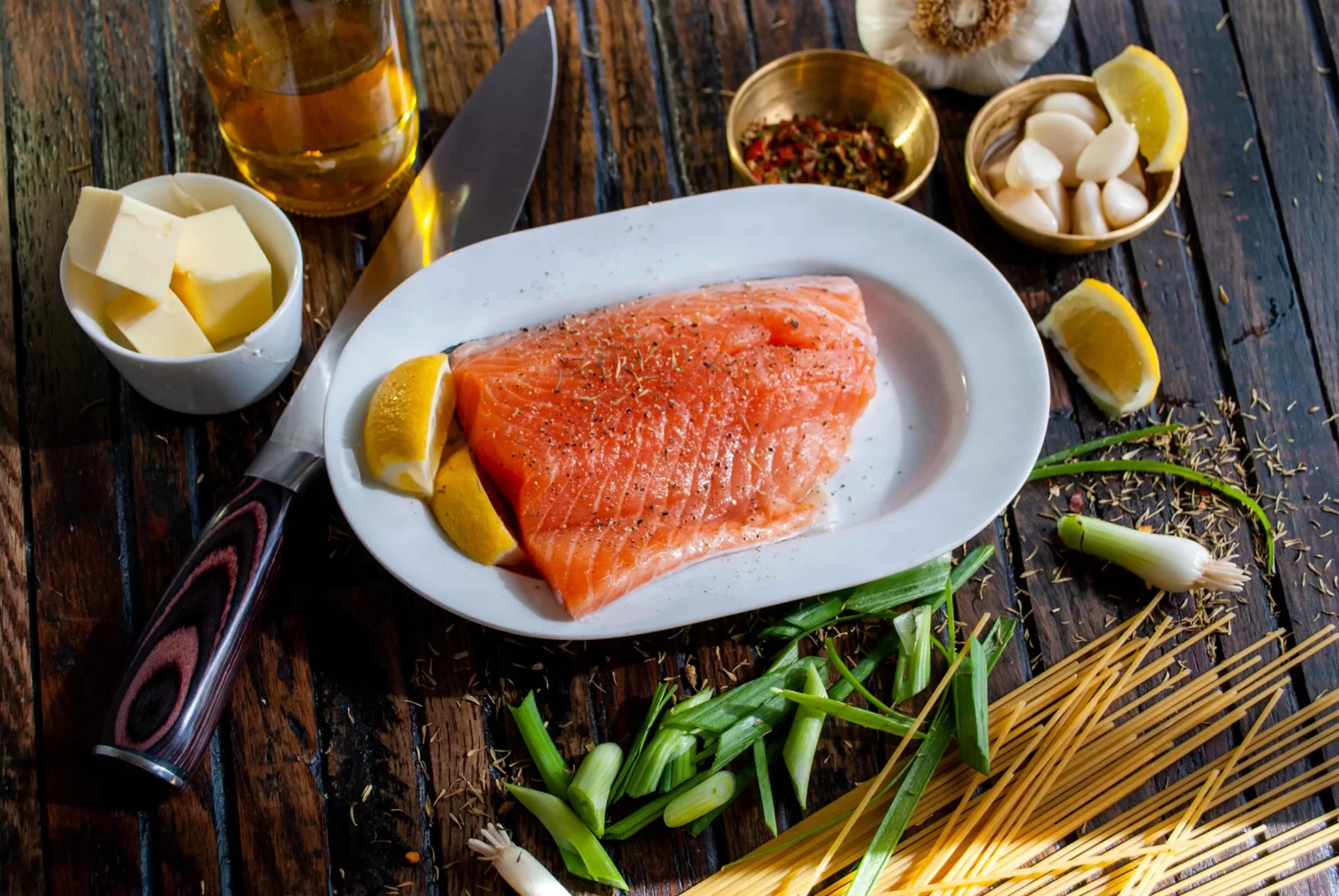
But wait, what can you snack on if you’re a snacker? Don’t panic, there are many keto friendly snacks like cheese, almonds, and seeds. There are also many keto dessert recipes that employ low-carb components like almond flour and natural sweeteners if you have a sweet appetite.
Did you know that you can still enjoy Chinese food while on the Keto diet? It’s true, as long as you make smart choices and steer clear of high-carb ingredients like rice and noodles. Stir-fried veggies with protein, hot and sour soup, and egg drop soup are all good options.
And guess what? Airfryer can be used to cook keto meals quickly and easily. It can be used to cook salmon, roasted vegetables, and crispy chicken wings.
If you need a quick meal replacement or you’re in a rush, there are keto-friendly smoothies & powders available. They could give you the nutrients you need to maintain ketosis.
Overall, the Keto diet might be a bit tough at first. But with the right mindset & some creativity in the kitchen, you can enjoy delicious meals and snacks while reaping the potential benefits of this increasingly popular diet.
What are the Similarities between Paleo and Keto Diet?
Both the paleo & ketogenic diets are low in carbs. They put a lot of focus on choosing whole, nutrient-dense foods instead of manufactured items. They both have similar principles of reducing carbohydrate intake, increasing healthy fat intake, and minimizing consumption of processed foods and added sugars. Here are a few similarities:
- Focus on whole foods: Eating whole foods like lean meats, fish, eggs, vegetables, and healthy fats is highly encouraged by both diets.
- Restriction of processed foods: Both diets limit or eliminate processed foods, such as grains, refined sugars, and vegetable oils.
- Low carbohydrate intake: Both diets require a reduction in carbohydrate intake, though keto is typically more restrictive in terms of the number of carbs allowed.
- Potential health advantages: Both diets have resulted in reduced blood sugar levels, weight loss, and other advantages.
Overall, there are some similarities & few differences between paleo and keto diets. It is in terms of macronutrient ratios, food choices, and overall philosophy.
What are the Differences between Paleo and Keto Diet?
The most common difference between paleo and keto diets is their macro nutrient ratios. The paleo diet emphasizes whole foods. And the keto diet is focused on high fat and low carbs. Some differences between them:
- Carbohydrate intake: When consuming carbs, the paleo diet says it’s best to go for natural ones found in fruits and veggies. However, it’s still okay to have sweet potatoes and squash in moderation. The keto diet, on the other hand, limits carbs a lot to trigger ketosis.
- Fat intake: While both diets emphasize healthy fats, the keto diet requires a much higher fat intake to achieve and maintain ketosis.
- Protein intake: The paleo diet encourages moderate protein intake, while the keto diet requires a moderate protein intake to avoid breaking down protein for energy and potentially disrupting ketosis.
- Dairy and legumes: The paleo diet tends to stay away from dairy and legumes. But the keto diet may permit certain dairy and legume options that are low in carbs and high in fat.
In the end, both diets prioritize wholesome, unrefined foods and can be a healthy way of eating for some individuals.
Foods to Eat on the Paleo Diet
The Paleo Diet is also called “caveman diet”. It is based on the idea of eating only foods that were available to our ancient ancestors. This includes foods that can be hunted or gathered.
You can hunt foods like fish & meat. You can gather foods like veggies, fruits, nuts, and seeds. Common paleo diet foods include:
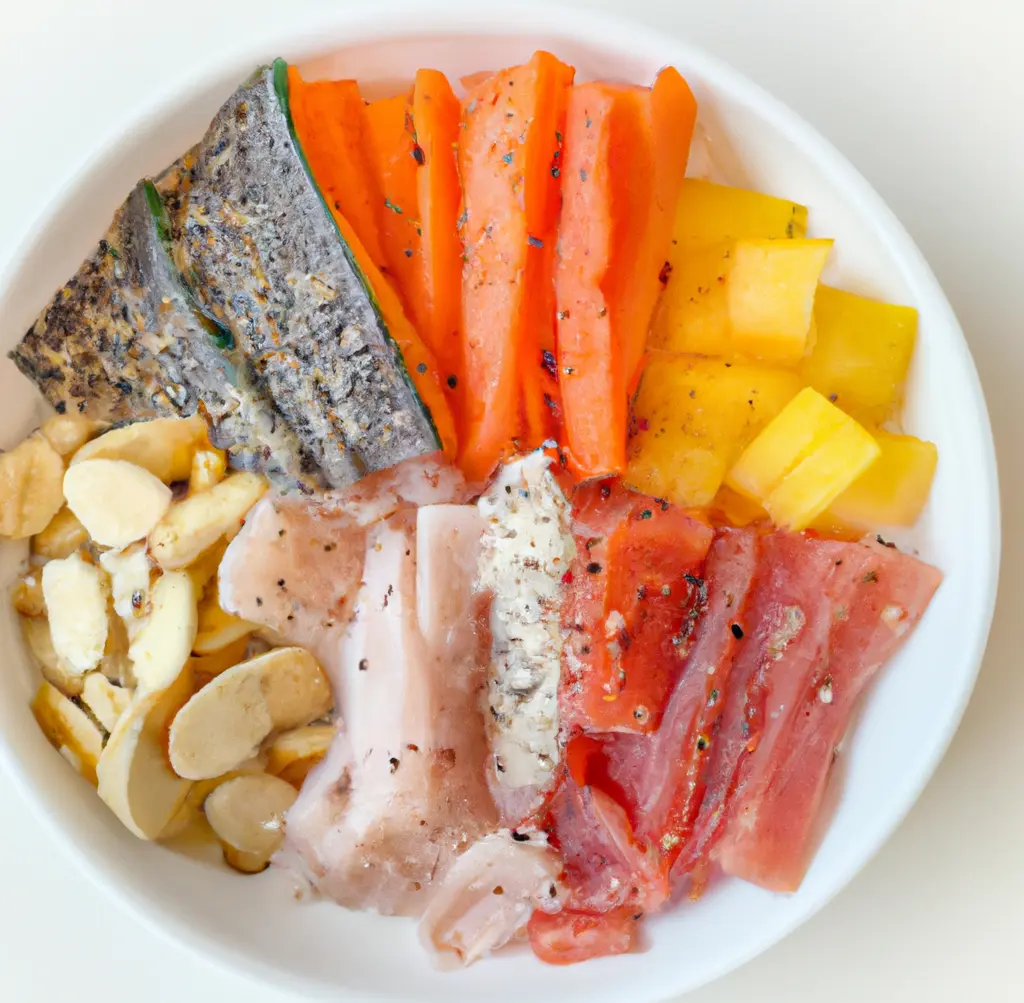
- Meat: On the Paleo diet, you can consume beef, chicken, turkey, pork & lamb. And meat from wildlife like deer or bison. Grass-fed and organic options are preferred.
- Fish and seafood: Fish and shellfish collected in the wild are excellent providers of omega-3 fatty acids and protein. Salmon, tuna, and mackerel are wild fish. Shrimp, crab, and lobster are shellfish.
- Vegetables: It’s advisable to eat non-starchy veggies. Lettuce, peppers, kale, spinach, broccoli, and cauliflower are some of the non-starchy vegetables. Starchy vegetables like potatoes and sweet potatoes are allowed in moderation.
- Fruits: The Paleo diet is compatible with berries, apples, oranges, and melons.
- Nuts and seeds: Almonds, cashews & walnuts are healthy nuts. Sunflower and pumpkin seeds are both okay. Peanut butter and other legumes are not allowed.
- Fats and oils: Olive, coconut and avocado oils can be used for cooking. Animal fats like lard & tallow can all be used for cooking.
- Herbs and spices: We can use herbs and spices to flavour food. Garlic, ginger, basil, and oregano are compatible with Paleo diet.
Remember that Paleo diet forbids the consumption of dairy products, wheat, and processed foods. Additionally, some Paleo dieters eliminate particular foods like honey, high-sugar fruits, and nightshade vegetables.
Foods to Eat on the Keto Diet
The keto diet is a high fat and low carb diet approach. It promotes the body’s transition towards ketosis. It burns fat for energy instead of carbohydrates. Some foods to eat on the keto diet are listed below.
- Meat: On the ketogenic diet, all varieties of meat are allowed. It includes beef, chicken, turkey, hog, lamb, and hunted animals like deer or bison. Options that are grass-fed and organic are preferable.
- Seafood: Fatty fish and shellfish are excellent sources of protein. Salmon, tuna, and mackerel are fatty fish. Shrimp, crab, and lobster are shell fish.
- Low-carb vegetables: Non-starchy vegetables are encouraged on the keto diet. Broccoli, cauliflower, spinach, lettuce, and kale are some starch free veggies. High-carb vegetables like potatoes and corn should be avoided.
- Healthy fats: Avocado, nuts, seeds are good choices of fats on the keto diet. Healthy fats can be found in oils including olive, coconut, and avocado.
- Dairy products: You can consume full-fat dairy products like cheese, butter, and heavy cream in keto diet. But milk and yogurt should be less consumed. It’s better to consume in moderation due to their higher carb content.
- Eggs: The protein and good fats in eggs are excellent sources. You can enjoy it in various forms on the keto diet.
- Berries: Low-carb fruits are strawberries, blueberries, and raspberries. You can eat them in moderation on the keto diet.
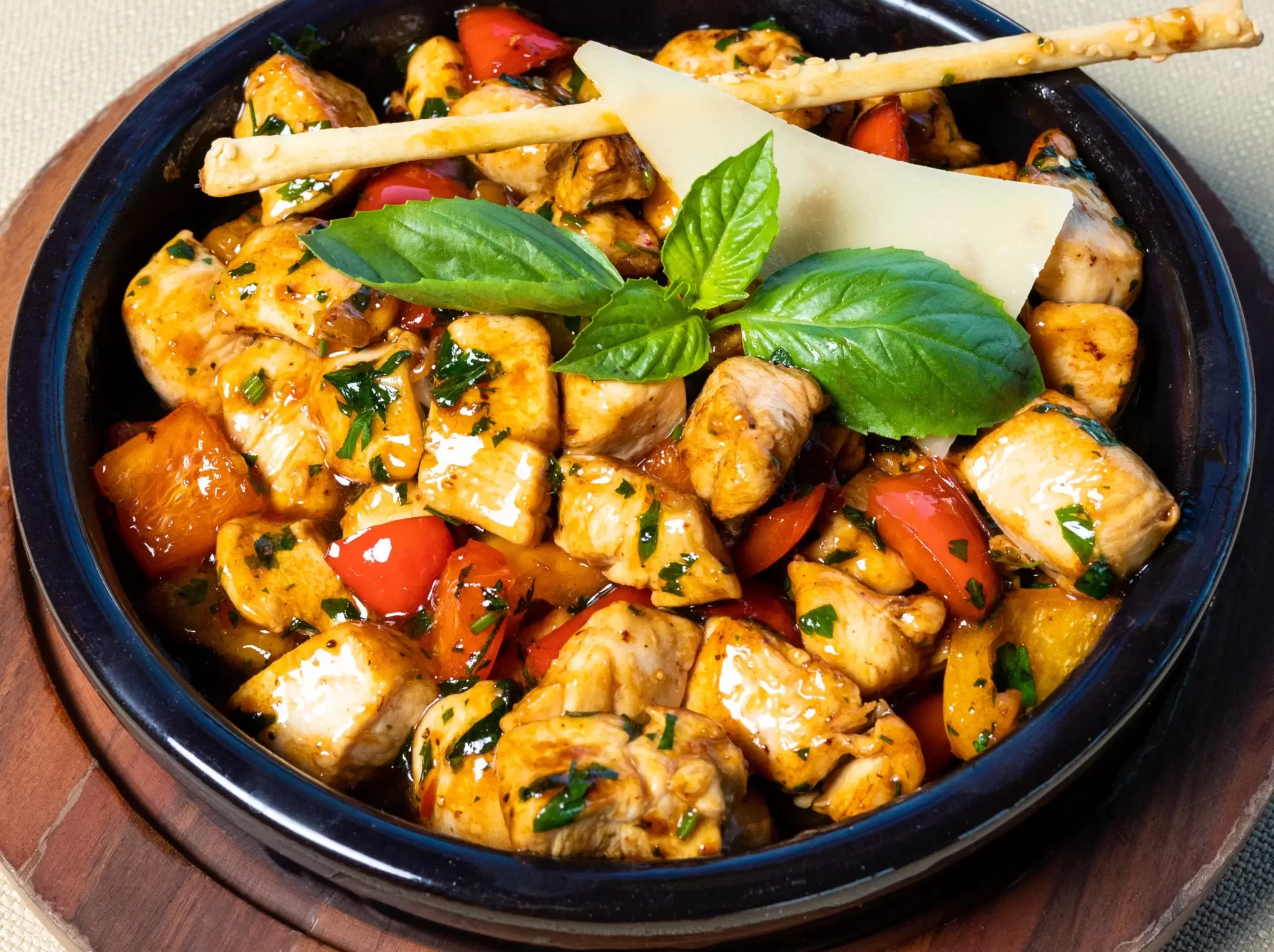
There are some keto-friendly chinese food options. This may include steamed or stir-fried vegetables. Roasted or grilled meat, fish and soups are also good choices. It’s always best to check the ingredients and nutritional information before ordering to ensure that it fits within your daily carb limit.
Foods to Avoid on the Paleo Diet
The Paleo diet, also known as the Paleolithic diet, is a dietary approach that emphasizes whole, unprocessed foods that were available to our ancestors during the Paleolithic era.
Foods to avoid on the Paleo diet typically include:
- Grains: Wheat, rice, corn, oats, and other grains are excluded from the Paleo diet because they are high in carbohydrates and may cause inflammation in some individuals.
- Legumes: Beans, lentils, peanuts, and soybeans are not allowed on the Paleo diet because they contain lectins, phytic acid, and other antinutrients that may interfere with nutrient absorption and digestion.
- Dairy: Milk, cheese, yogurt, and other dairy products are not included in the Paleo diet because they were not consumed by our Paleolithic ancestors and may cause digestive issues in some individuals.
- Processed foods: Processed foods such as chips, crackers, and cookies are not allowed on the Paleo diet because they contain additives, preservatives, and other chemicals that are not natural or beneficial for our health.
- Sugars: Refined sugars, such as table sugar, high-fructose corn syrup, and artificial sweeteners, are not included in the Paleo diet because they may cause inflammation, weight gain, and other health issues.
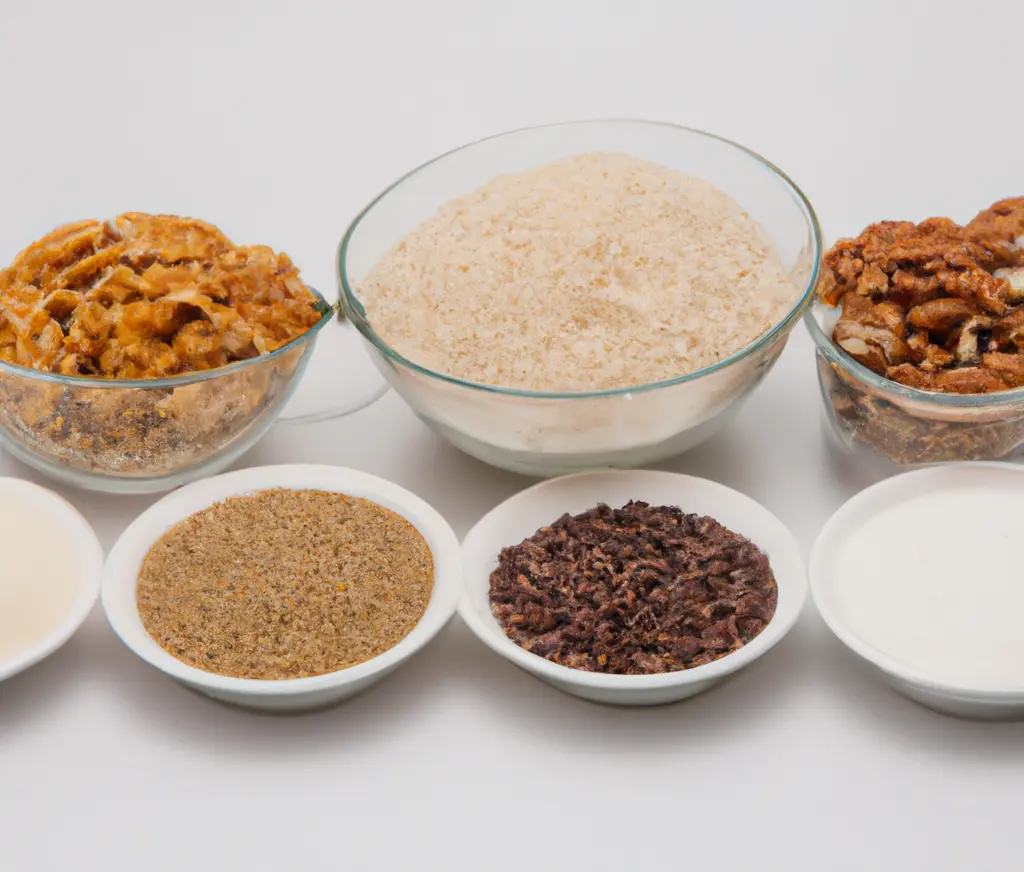
Overall, the Paleo diet emphasizes whole, nutrient-dense foods such as meat, fish, fruits, vegetables, nuts, and seeds, while avoiding processed and refined foods that are high in carbohydrates, sugars, and unhealthy fats
Foods to Avoid on the Keto Diet
Keto diet puts your body in a metabolic state. It is known as ketosis. It burns fat for fuel instead of carbohydrates. Some foods should be avoided to achieve ketosis.
- Grains: Wheat, rice, corn, and oats are some high carbohydrate grains. So, you should avoid them on the keto diet.
- Sugar: You should avoid table sugar, maple syrup, and honey in keto diet. They are very high in carbs.
- Fruit: Most fruits are high in carbohydrates and should be consumed in moderation on the keto diet. Berries are a good low-carb option.
- Starchy vegetables: You should avoid potatoes, sweet potatoes, and other starchy vegetables on the keto diet. Because they are high in carbohydrates.
- Processed foods: Chips, crackers and cookies should be avoided in keto diet. They are processes and high in carbs and unhealthy fats.
- Legumes: Beans, lentils, and other legumes should be avoided on the keto diet. Because they are high in carbohydrates.
- Alcohol: Most alcoholic beverages are high in carbohydrates and should be avoided on the keto diet.
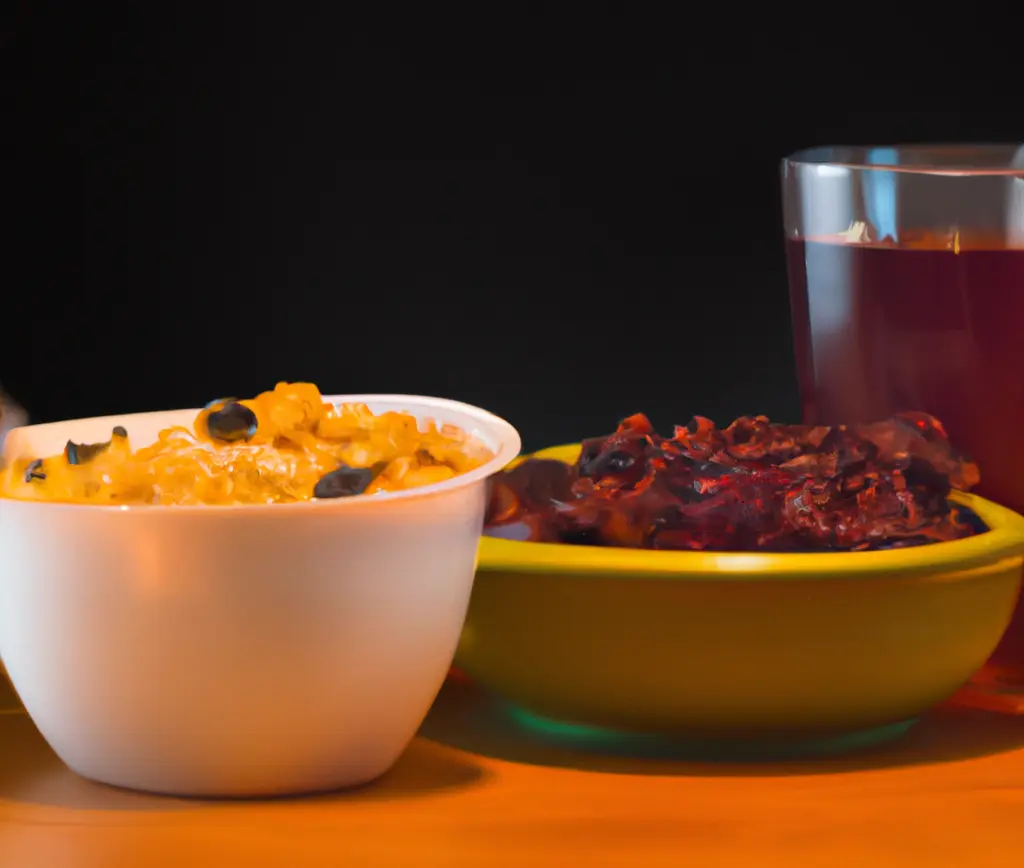
The keto diet puts a priority on eating low-carb veggies. It recommends moderate amounts of protein, and healthy fats like avocado, olive oil, and nuts.
The body is forced to use fat for energy when high-carb foods are avoided and healthy fats are prioritized. This can result in weight loss and other health advantages.
Benefits of the Paleo and Keto diet
Benefits of the Paleo Diet:
- Weight loss.
- Improved blood sugar control.
- Reduced inflammation.
Benefits of the Keto Diet:
- Weight loss.
- Improved blood sugar control,
- Reduced inflammation.
- Reduction in seizures in people with epilepsy.
It also increase levels of HDL, or “good” cholesterol. And decreases LDL levs, or “bad” cholesterol.
Drawbacks of the Paleo and Keto Diet
Drawbacks of the Paleo diet include:
Following this diet can be challenging for vegetarians or vegans. It’s due to the priority on meat consumption. It may also be more expensive to follow. Because lean meats and wild-caught fish are more costly than other protein sources.
Drawbacks of the Keto Diet:
The Keto diet can be difficult to maintain, as it requires strict carbohydrate counting and monitoring to achieve and maintain ketosis. It might lead to micronutrient deficiencies. Because, certain foods are eliminated from the diet.
Frequently asked Questions:
Who Should Follow the Paleo Diet?
The Paleo diet will be suitable to lose weight or to improve overall health. It may also aid for those with autoimmune diseases. Because this diet eliminates foods that may trigger inflammation.
Who Should Follow the Keto Diet?
For those attempting to lose weight, the Keto diet is helpful. It also aids in improving blood sugar control. It also reduces seizures in people with epilepsy. It could benefit for those with certain neurological disorders like Alzheimer’s disease.
Which is healthier paleo or keto?
The question of whether the Paleo or Keto diet is healthier is complex and largely depends on individual factors. The Paleo diet emphasizes whole, unprocessed foods. It eliminates grains, legumes, and dairy products. Those who have a sensitivity to certain foods may benefit from it.
The Keto diet is high in fat and low in carbs. It can improve blood sugar control and promote weight loss. But it could be challenging to comply to over time. It can lead to nutrient deficiencies.
Do you lose weight faster paleo or keto?
Both the paleo and ketogenic diets are efficient for losing weight. But which one is faster may depend on the individual’s unique factors.
The paleo diet is based on eating whole & unprocessed foods. Our ancestors would have consumed them. The keto diet involves high fat, moderate protein & very low carbohydrate intake.
The keto diet may induce weight loss more rapidly. It’s because it encourages the body to enter a metabolic state called ketosis. In that state fat is used for energy instead of glucose. However, both diets can lead to weight loss if followed correctly and consistently, and individual results may vary.
Conclusion:
In conclusion, the paleo and keto diets each have specific advantages and disadvantages. Eating whole, unaltered foods is a major priority in both diets. But, the paleo diet offers more freedom in terms of food selection. It may be simpler to maintain over the long run.
However, following a ketogenic diet may be challenging. It may raise the risk of nutrient deficiencies. But it may be more effective for quick weight loss and better blood sugar control.
The ideal diet for you ultimately depends on your personal health requirements and goals. You can select the diet that is most suitable for yourself.
